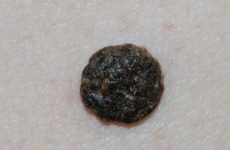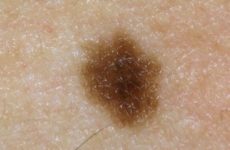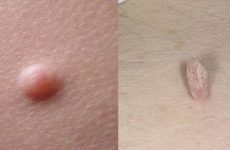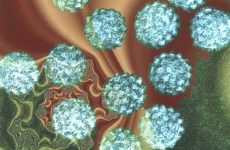Every person who encounters any formation on the skin and worries about his health begins to worry, especially if the neoplasm appeared suddenly.
Not everyone can independently determine what exactly is an ailment and how dangerous it is to health. After all, any of the formations, whether it be a wart, mole or papilloma, can develop into skin cancer.
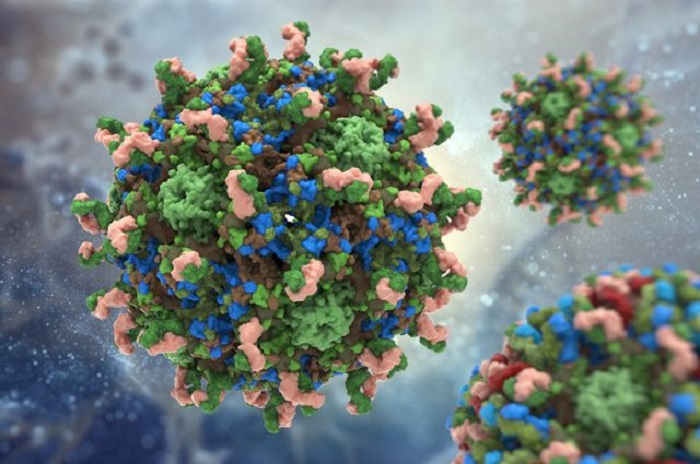
Содержание:
The difference between them
Warts and papilloma are benign neoplasms, but there is a risk of their degeneration into malignant tumors. These skin neoplasms are similar in this, but there are a number of differences between them.
What does a wart look like?
There are several types of warts, each variety has its own characteristics.
- Simple are rounded papules, the size of which reaches the size of a pea. The surface of such a growth is uneven, keratinized. The color can be gray, yellowish brown or completely flesh.
- Flat ones are small in size with a smooth surface, rounded or polygonal in shape. The color can merge with the skin tone, or have a slightly yellowish tint.
- Palmar-plantar are dense neoplasms with horny layers. They look very similar to common corns.
- Filiform – These are soft papules, sometimes they can be pedunculated. The color can be flesh, brown and dark brown. By their nature, such warts can grow up to 3 cm or even more, but usually they are 1-4 mm in size.
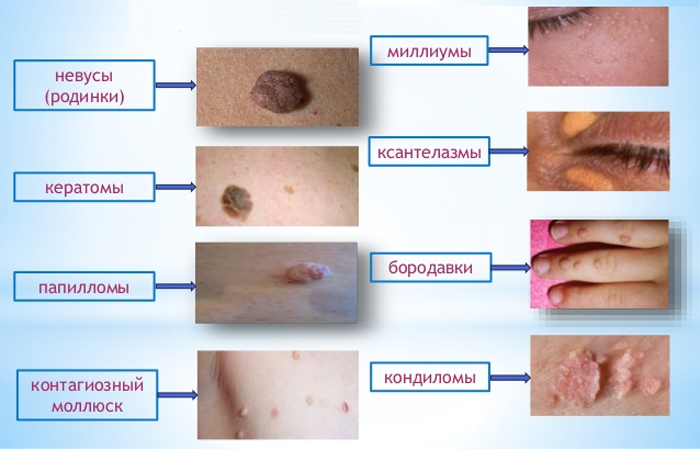
What is HPV?
Papilloma is a benign formation on the skin caused by a viral infection that affects the skin and mucous membranes.
It has a soft, loose structure, consisting not only of skin cells, but also of blood vessels. The color of the growth is similar to the color of the skin. This skin neoplasm usually appears in places of friction and on the mucous membranes.
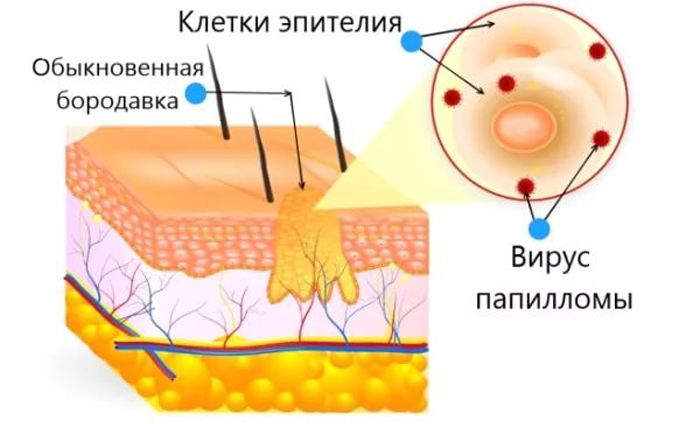
The shape of the growth is different, with torn, uneven edges. It visibly protrudes above the skin. It is worth noting that such benign formations can cause itching and skin irritation.
This skin neoplasm consists of nodules, outwardly resembles cauliflower inflorescences or cockscombs. Such a growth of the skin can be not only small (maximum 1 mm), but also quite large (up to 2 cm).
If the skin formation has just appeared, it has a flesh tone, but after a while it can change color to a darker (brown).
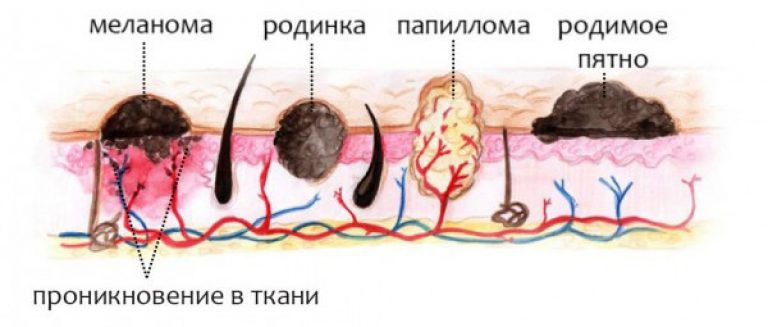
Ways of infection and causes of the development of the disease
Benign skin growths appear due to the proliferation of skin cells resulting from exposure to the human papillomavirus.
This virus can only be transmitted by household or sexual contact. The human papillomavirus is transmitted not only from person to person, it can be infected from animals suffering from diseases caused by the human papillomavirus.
A virus carrier may not have visible manifestations of the disease. There is another reason for the development of the disease – this is self-infection.
If a person bites his nails very often, it has become a habit, that is, there is a possibility of a neoplasm in the periungual area.

Flat warts can appear as a result of shaving, epilation and cosmetic peeling. In other words, the virus can penetrate through microtraumas of the skin, cracks or abrasions.
People are more prone to the appearance of these skin formations:
- prone to non-compliance with the rules of personal hygiene;
- leading a hectic lifestyle;
- disrupting the intake of medicines;
- prone to stressful situations and chronic fatigue;
- with weak immunity;
- long exposure to the sun;
- suffering from hormonal imbalance;
- having an exacerbation of any disease.
The main similarities of growths
In addition to the fact that warts and papillomas have one route of infection and causes of development, there are several more similar features in these neoplasms.
- papillomas and warts are benign formations;
- they are contagious;
- the color of these neoplasms is flesh, a wart, may differ in a darker shade or pink;
- warts, like papillomas, can be located on the leg ;
- these skin formations have a completely unaesthetic appearance, unlike moles;
- they bring discomfort, itching and irritation with their appearance, they can even bleed;
- same disease prevention.
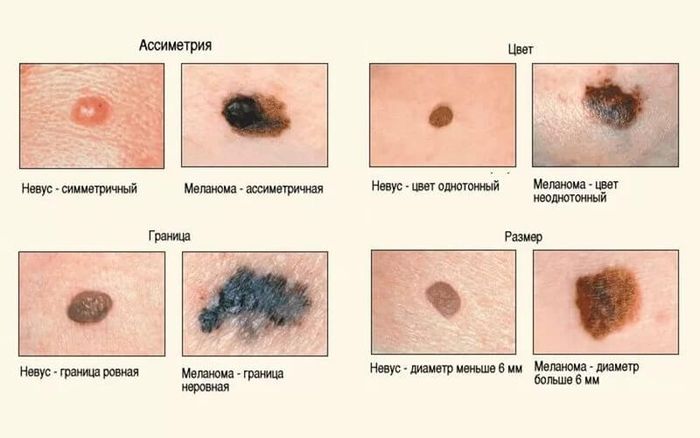
How to distinguish?
A qualified dermatologist can distinguish a wart from a papilloma as a result of a thorough examination. But there are several characteristics by which it is possible to determine what kind of neoplasm a person has encountered.
- A papilloma differs from a wart in that it has a characteristic stalk (base) from which a bulge hangs.
- The borders of the warts are more even and clear.
- Warts usually appear on the arms and legs, and papillomas – in the armpits, under the breasts or in the groin .
- A wart can suddenly appear and also disappear. Papilloma does not disappear by itself , this is due to the places of its localization. Due to the fact that papillomas appear in places of friction, they can be injured, so papillomas require immediate therapy.
- Papillomas appear only in adults, warts are found mainly in children and adolescents.
The internal impact on the body of these benign formations also has a number of differences.
- An increase in the size of warts is not dangerous, but if the papilloma increases, then it must be urgently removed.
- Papillomas can only be removed by surgery, laser, electrocoagulation, or radio wave treatment, warts can be treated with medication.
In any case, when a particular formation appears on the skin, you should contact a dermatologist who will determine the nature of the formation and the degree of danger.
Despite their good quality, papillomas and warts can become dangerous to health. Do not forget about the prevention of diseases, so that you do not have to go to medical institutions, wasting nerves and time.



